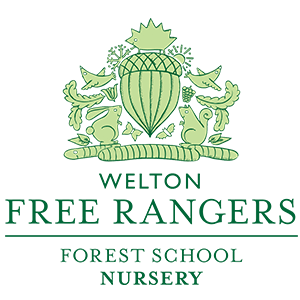The source of the materials you build with, will form the character of your building. For the cabin under the Scots Pines we made good use of local Douglas fir, Grandis fir, Ash and Larch for the framework. The shelter was capped off with Western Red Cedar waney edge boarding and re-cycled double glazing units. Most of the roundwood poles for the frame were brought in from the Ammerdown estate. This woodland is visible on the horizon from the cabin. Sustainable building materials are a joy to work with. Not only has the wood travelled less than ten miles, but the alternative for such small girth poles is the chipper or at best pallet wood. In forestry, such poles grow from being planted tightly around more commercially viable hardwoods; their purpose is to draw the hardwoods up with them, fast and straight. Then they’re all but discarded when the hardwood is harvested. The Ash we built with we felled ourselves from the Free Rangers’ ‘copse on the hill’.
The pattern of the two A-frames we built is known as the ‘cruck frame’. This frame has taken its design from traditional British Oak timber framing and uses scribing techniques of the log builders of Canada and North America. Aesthetically the scribed joints and junctions with sawn wood give an effect of, trees growing out of the floor and round timbers wrapping around one another. The joints used were hand carved ‘butterpat joints’ (imagine a block of butter cut out in wood and its opposite housed out in another) and traditional mortise and tenon.
The cabin has been in use since the new year, it’s beginning to season. Shades of timber change as it dries and settles into its new role as a Forest School cabin.
I like to think if trees had a consciousness they’d be happy indeed to shelter giggling, pancake making, wooden mallet wielding free rangers.
The end or is it the beginning?
